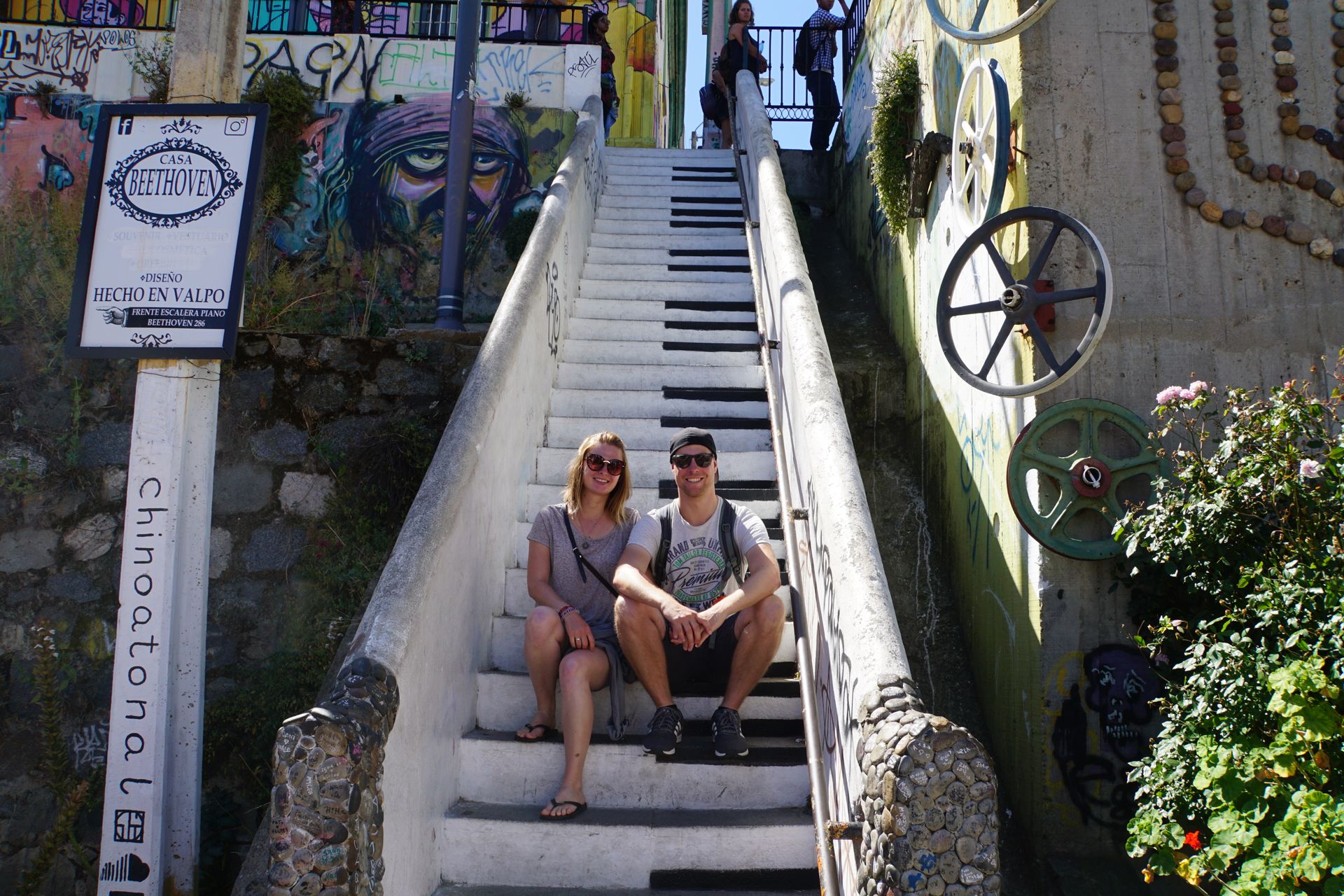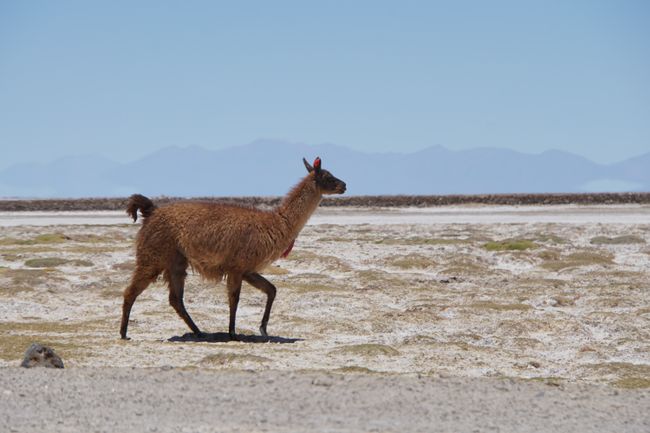Sucre - the white city of Bolivia
Cyhoeddwyd: 10.12.2018
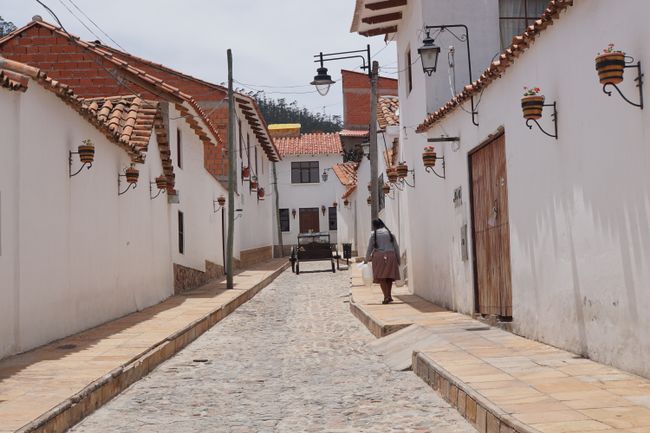
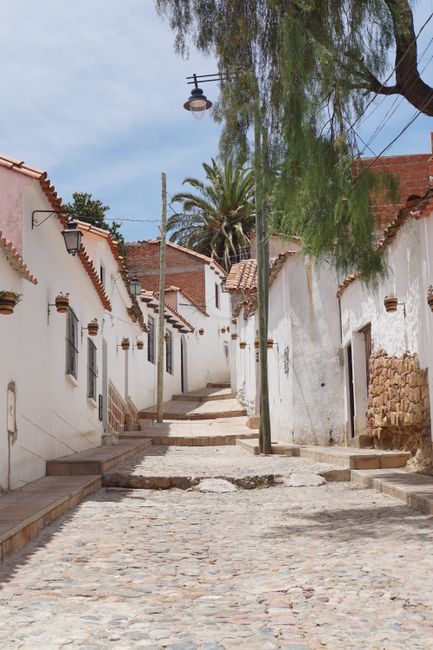
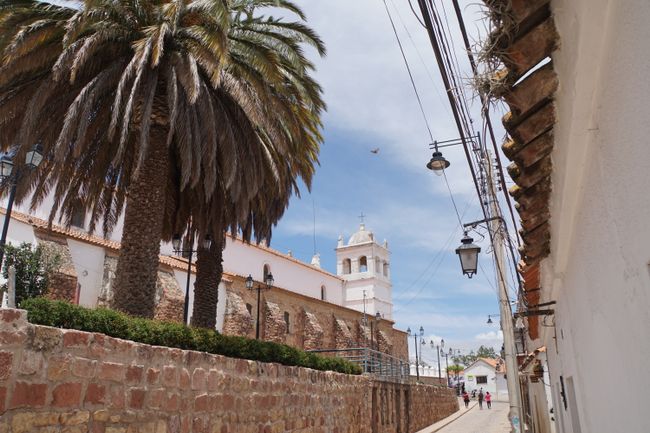
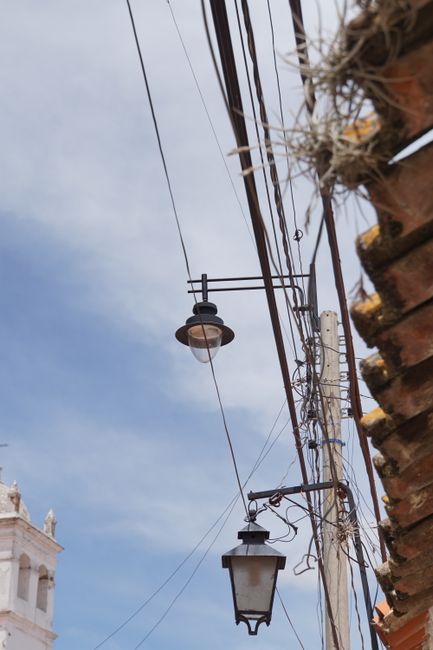
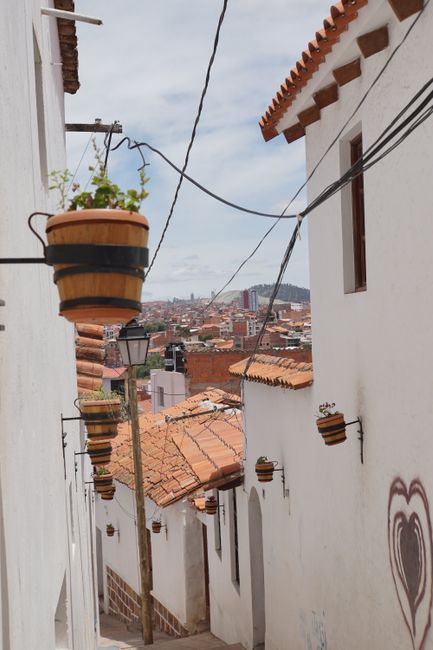
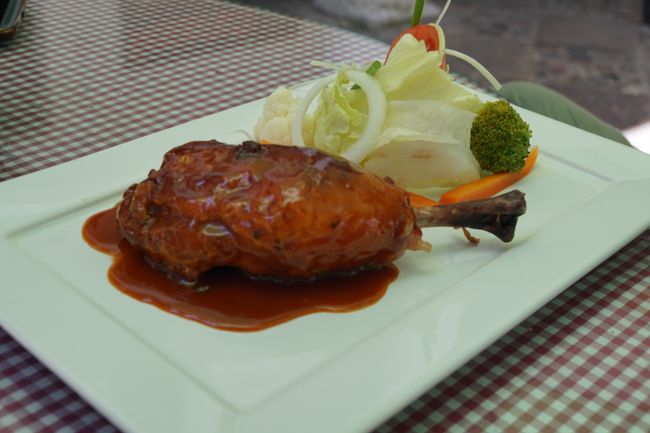
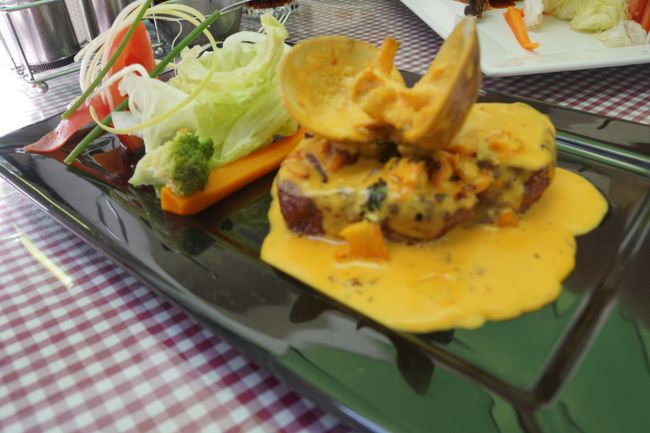
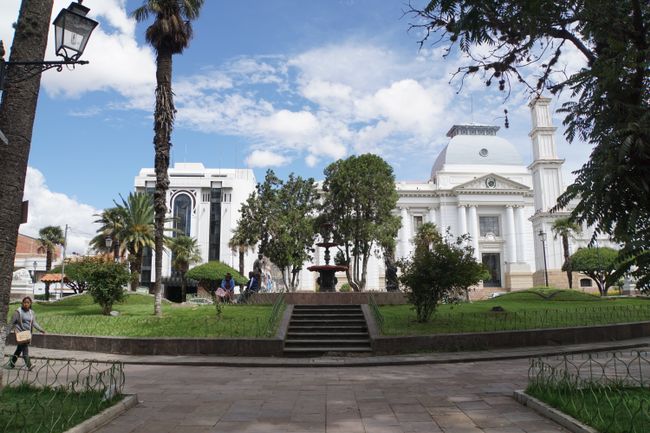
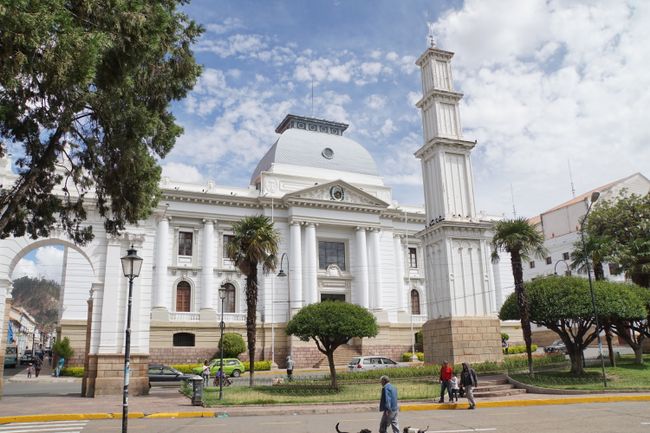
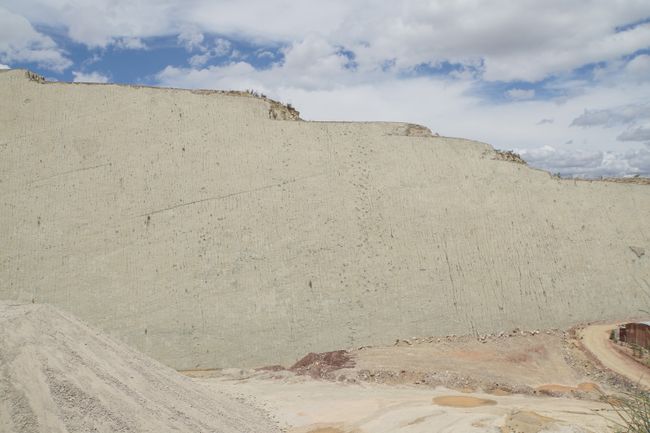
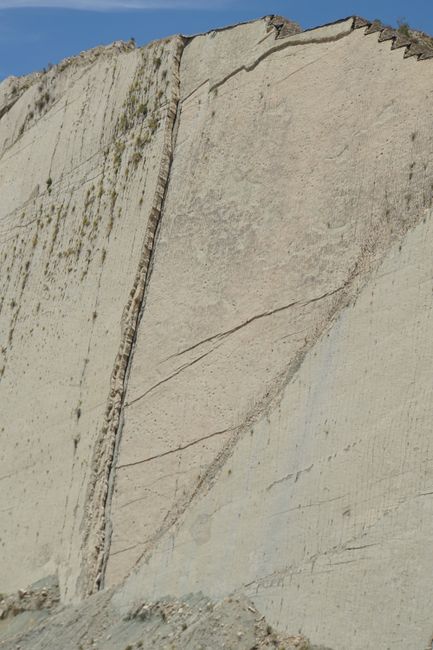
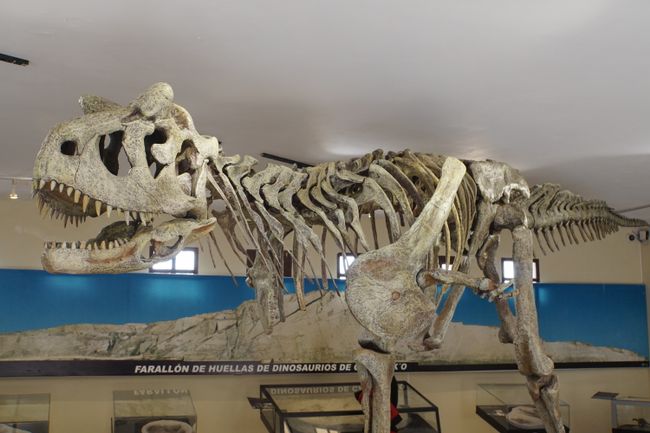
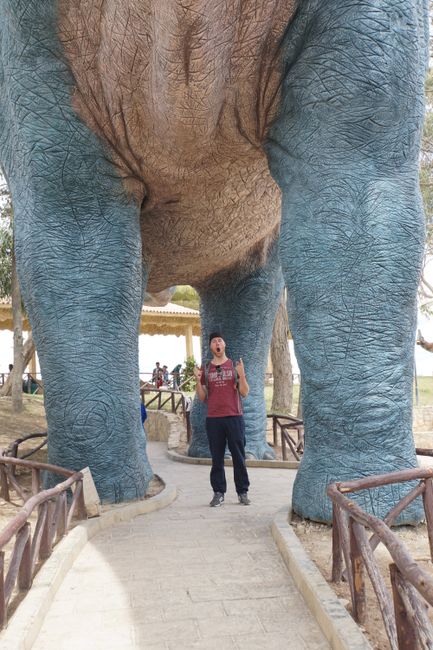
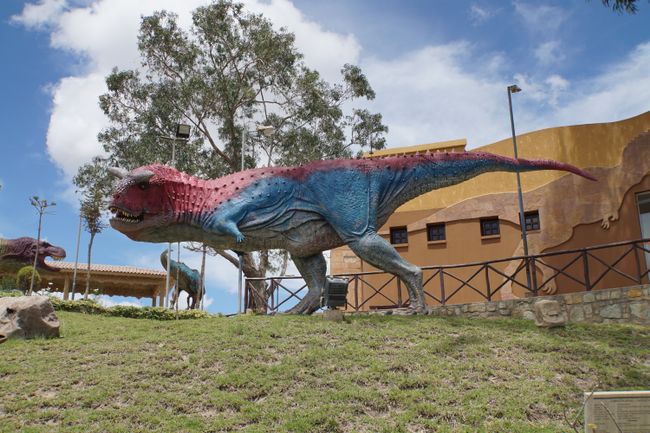
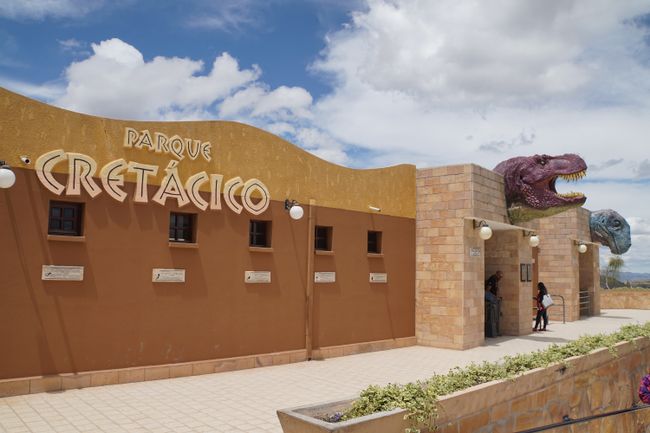
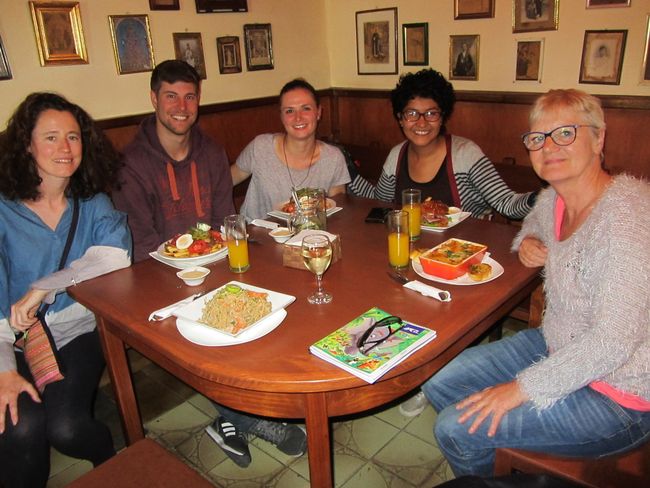
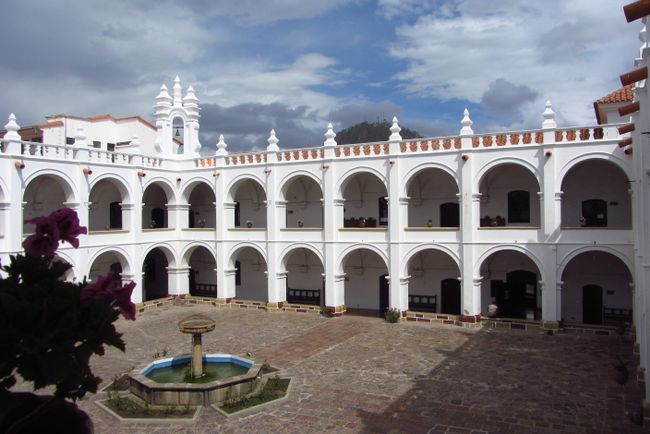
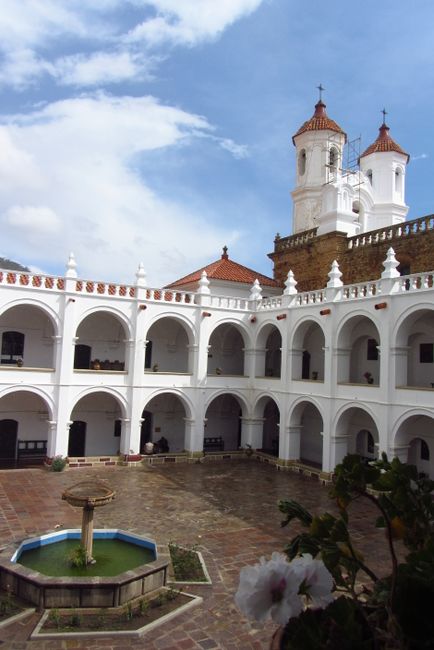
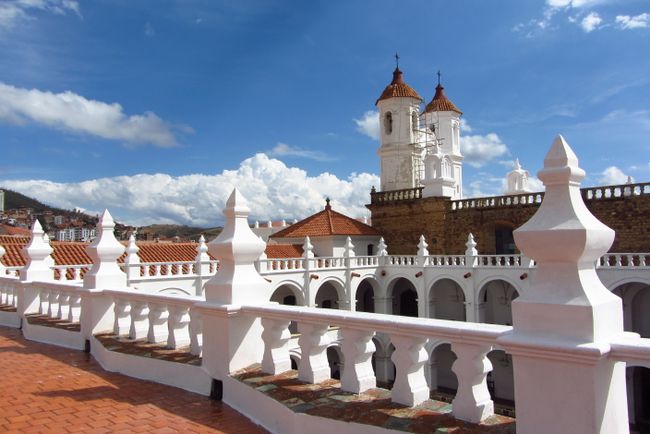
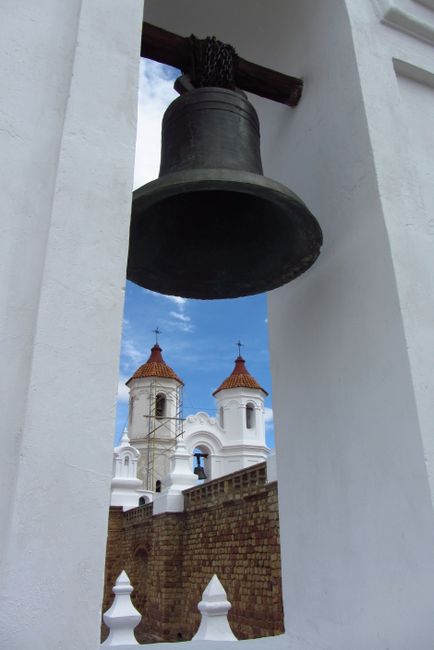
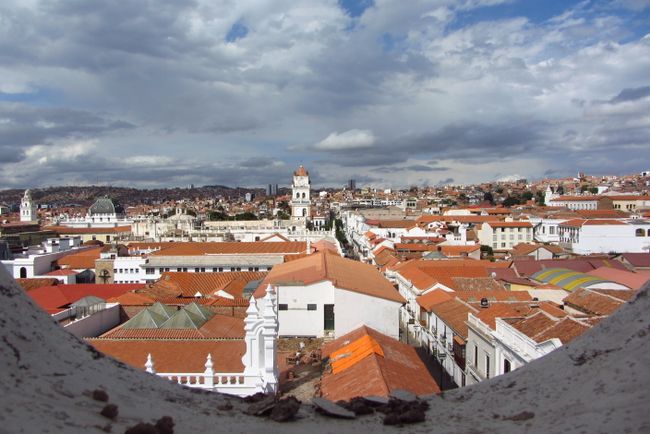
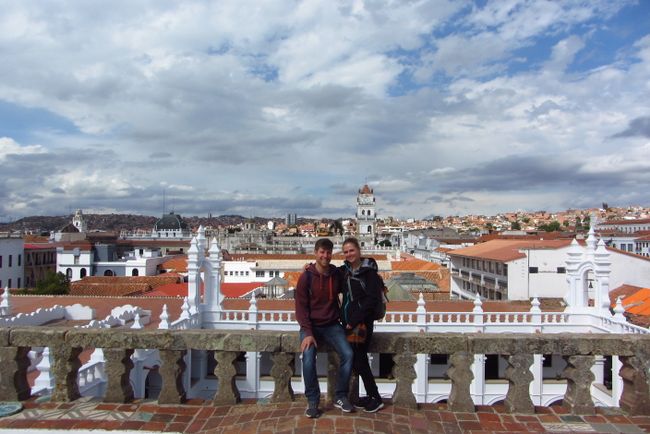
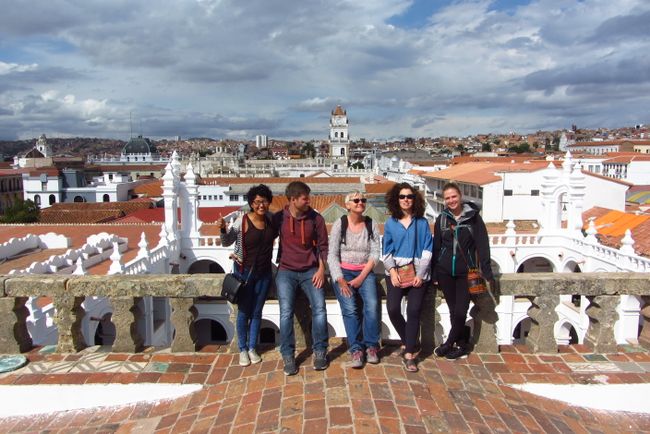
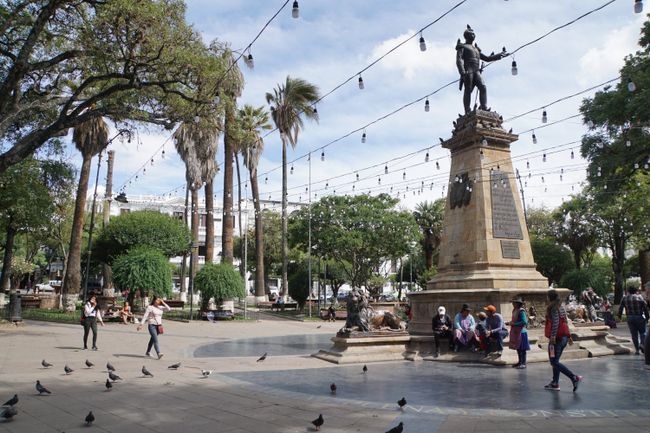
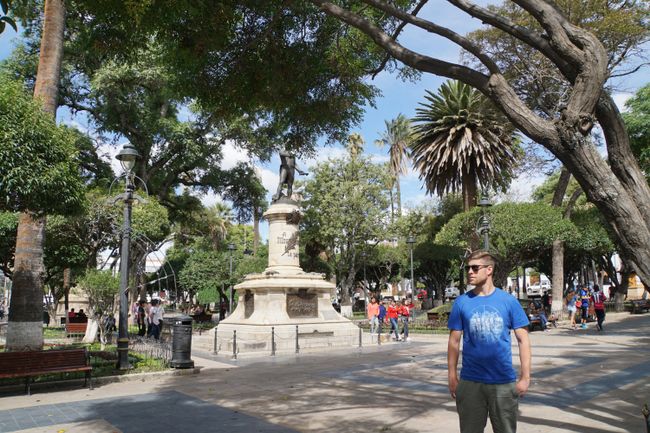
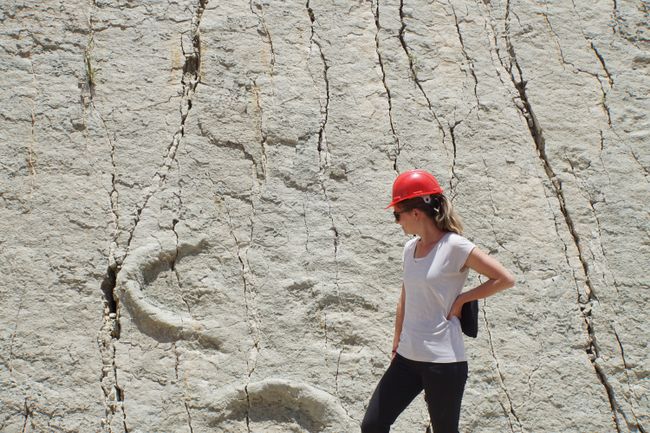
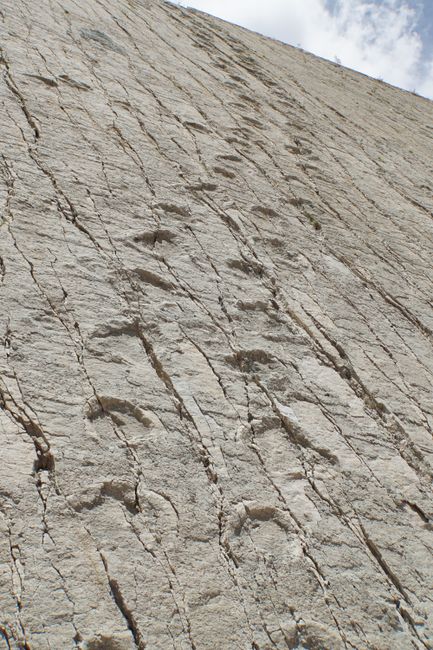
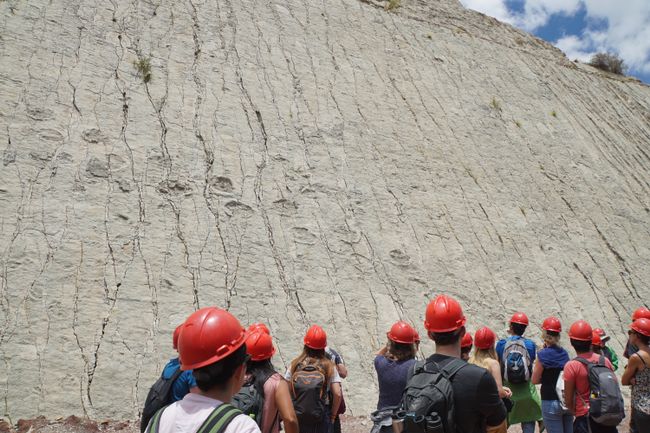
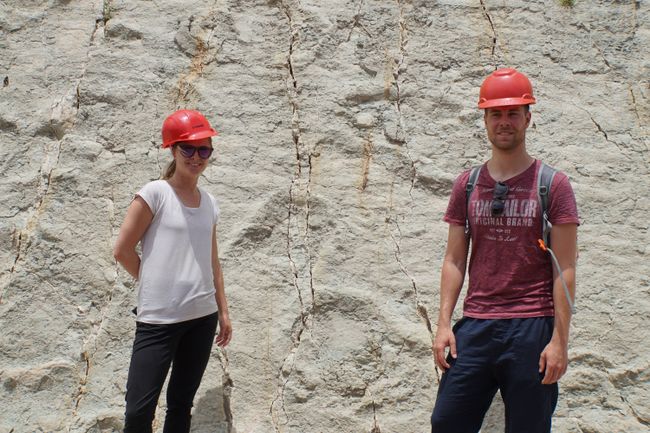
Tanysgrifio i'r Cylchlythyr
After the days in La Paz, we are drawn to the capital of Bolivia. We have heard a lot of positive things about it. In addition, we want to improve our few bits of Spanish on site and take a one-week language course, as Sucre is considered the mecca of South American language schools.
Sucre was founded in 1538 and benefited greatly from its wealthy neighbor city Potosi. The Spaniards had discovered a gigantic silver mine there, from which they shipped immense amounts of the precious metal to the whole world. This even led to an inflation in the price of silver in the 16th century. This so-called silver inflation laid the foundation for the quantity theory (theoretical relationship between the money supply and the price level of an economy *smart-ass mode off*) in monetary policy, so it still has an influence today (according to Wikipedia). Today, Sucre is mainly reminiscent of the wonderful magnificent buildings and colonial houses of the prosperity in the 16th, 17th, and 18th centuries.

Sucre is also the seat of the Supreme Court
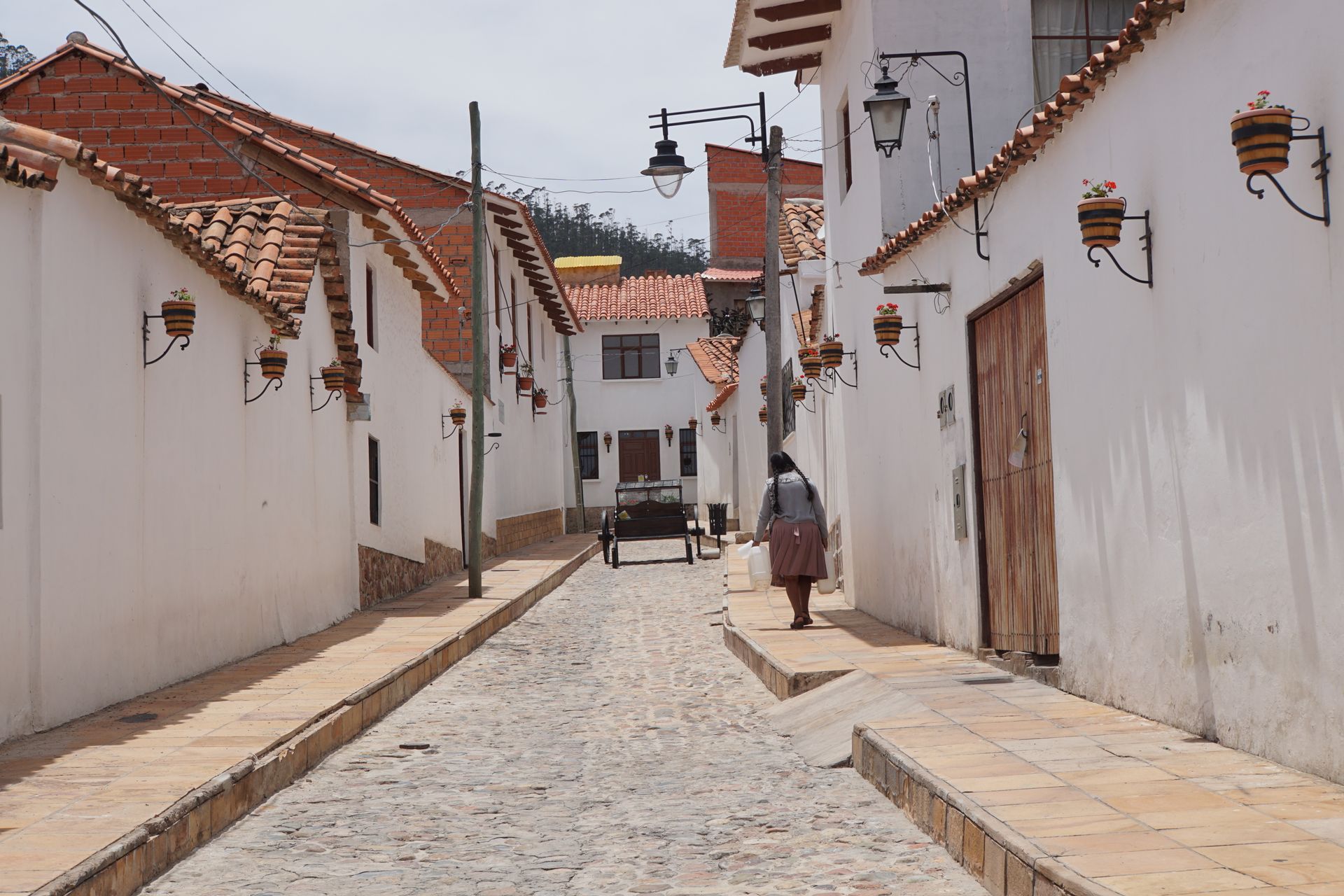

The narrow streets strongly resemble a southern Spanish city
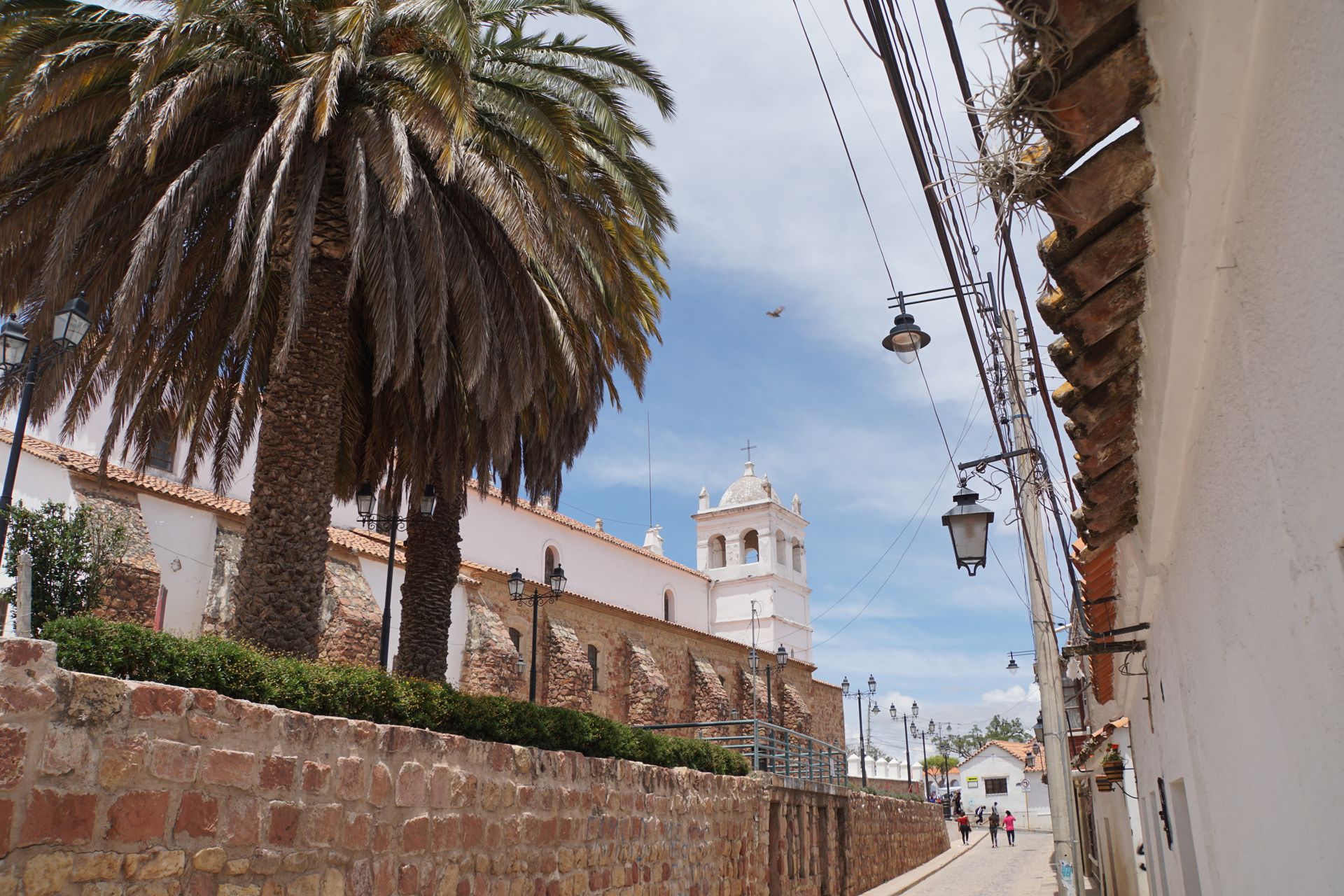
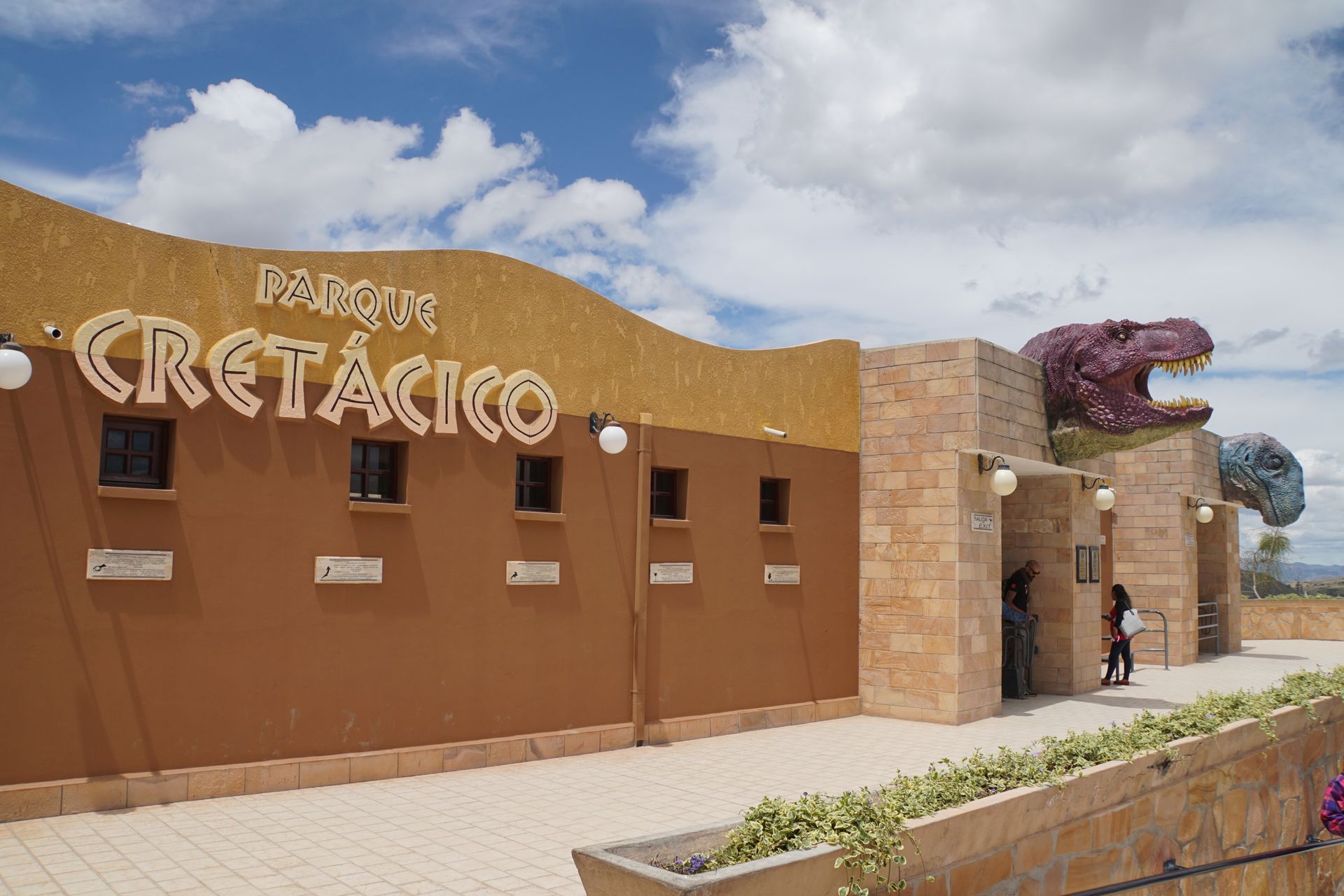
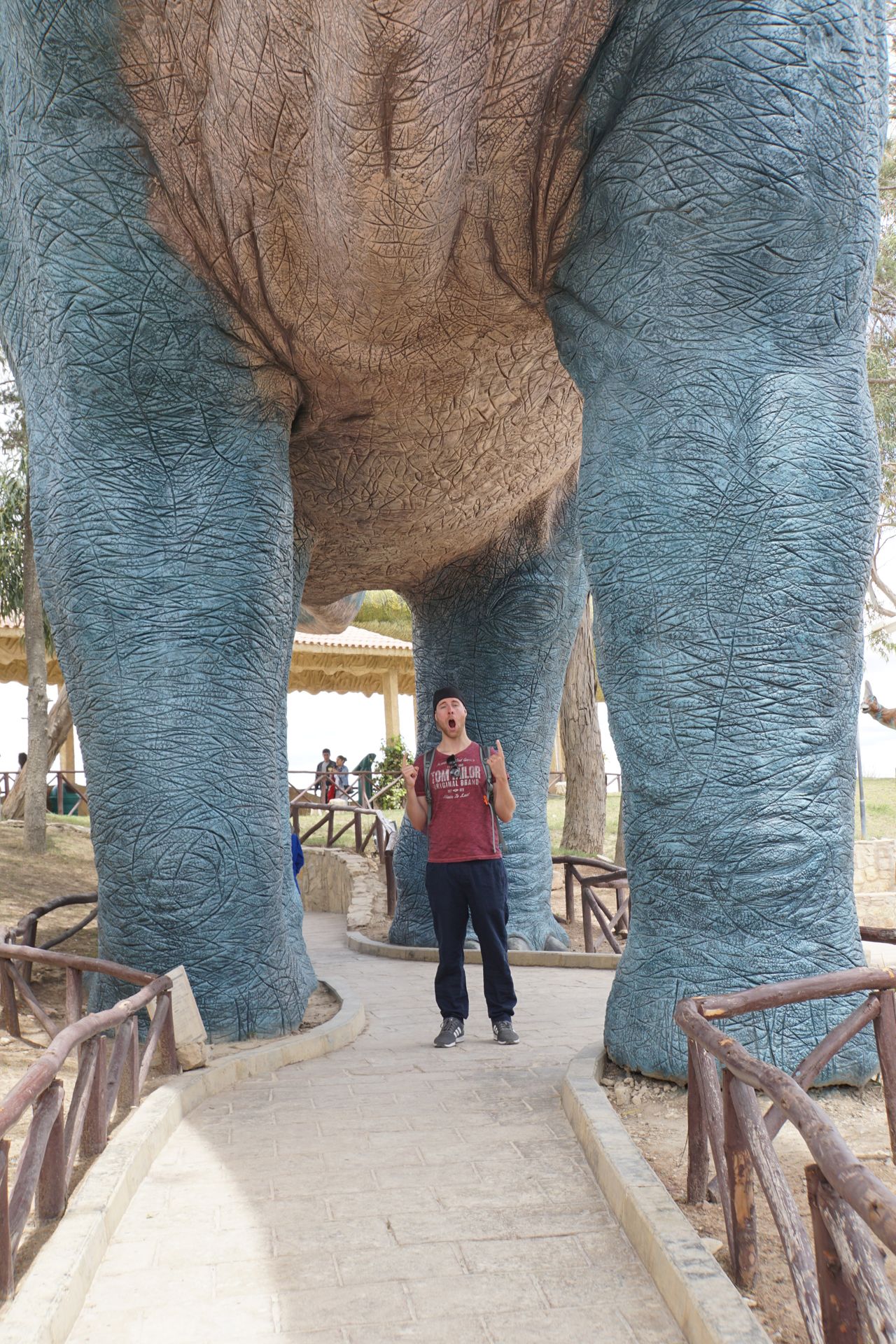
Markus looks really tiny compared to them ;-)
The park with its figures and the artifacts around the facility is lovingly designed and it's fun to walk past the big figures. Sounds of screaming and snarling prehistoric creatures can be heard from speakers. All in all, it's quite nice. But the real highlight of the park is definitely the Cal Orck'o cliff, where the tracks of various dinosaur species can be seen. 68 million years ago (we learned at the end of the Cretaceous period, the last section of the Mesozoic era), a huge, shallow arm of the Atlantic stretched here (exciting because Bolivia is much closer to the Pacific!). The dinosaurs that lived here and trampled or ran through the shoreline left their footprints in the sand. Over time, they were repeatedly covered with sediments. When the Andes rose and the sea retreated, this lake dried up, along with the mud. Over millions of years, various tectonic movements finally caused the muddy subsurface of the lake to become a vertical, 1.2 km long slab of stone at an altitude of about 3,000m above sea level. Incredibly fascinating and exciting!
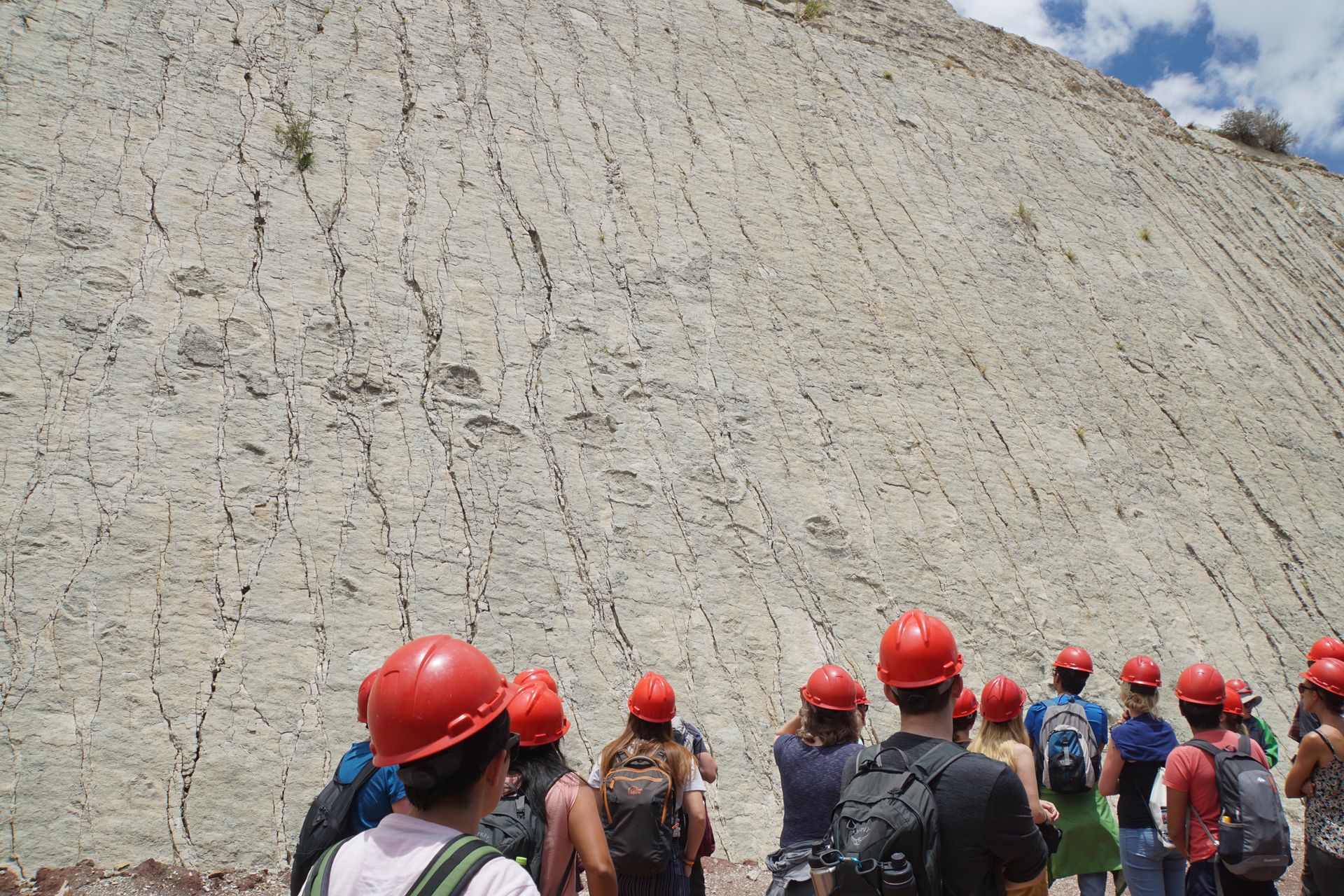
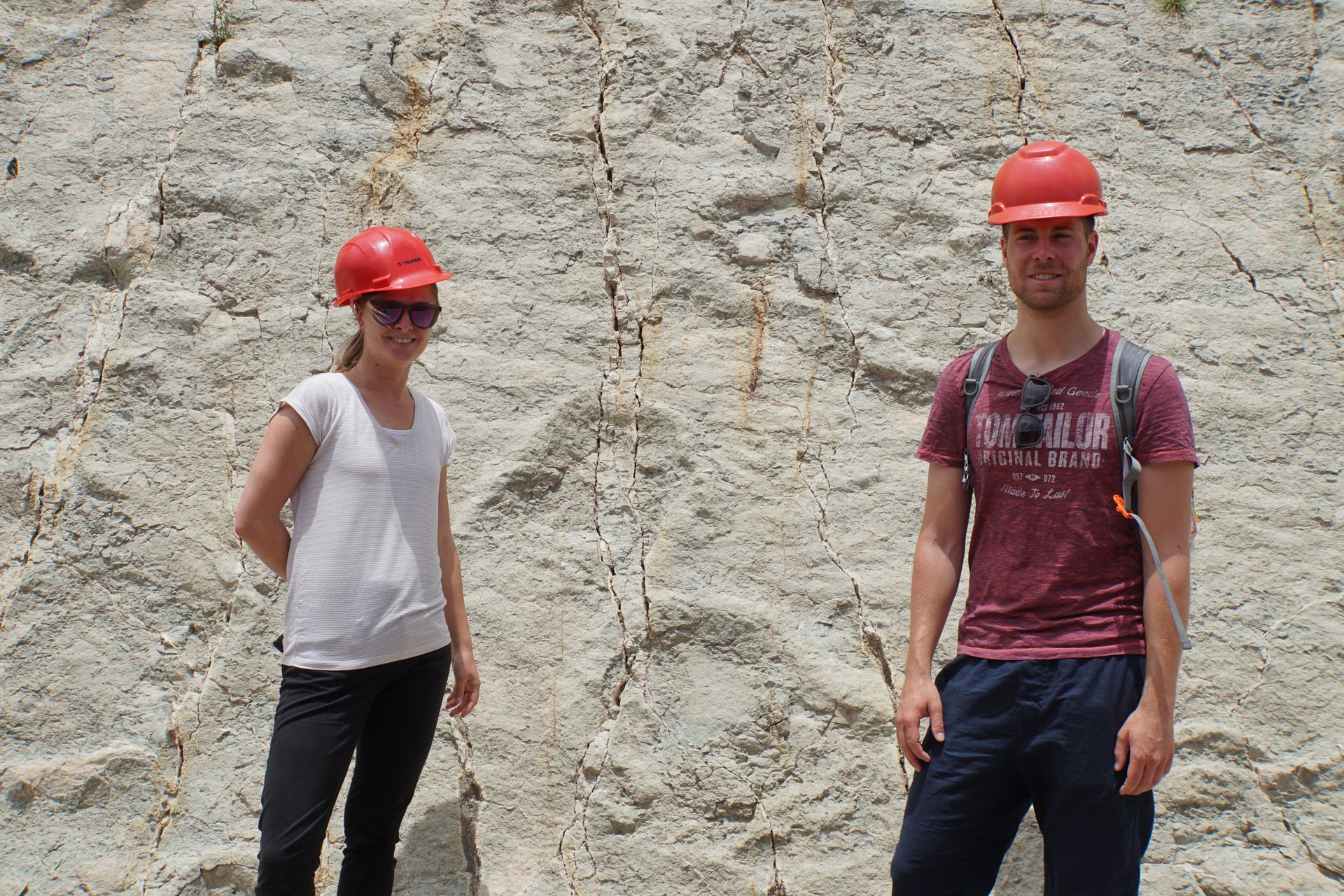
Today, more than 5,000 footprints of around 15 different dinosaur species can be seen on the wall. The longest track, a world record at 347m long, runs across the wall and was probably left behind by a small carnivorous dinosaur. What really impresses us is that researchers can reconstruct with great precision which species of dinosaur walked along there, whether the respective animal was walking or running comfortably, and exactly how the movement sequence of the corresponding species was. For something like this, this wall is truly a blessing!
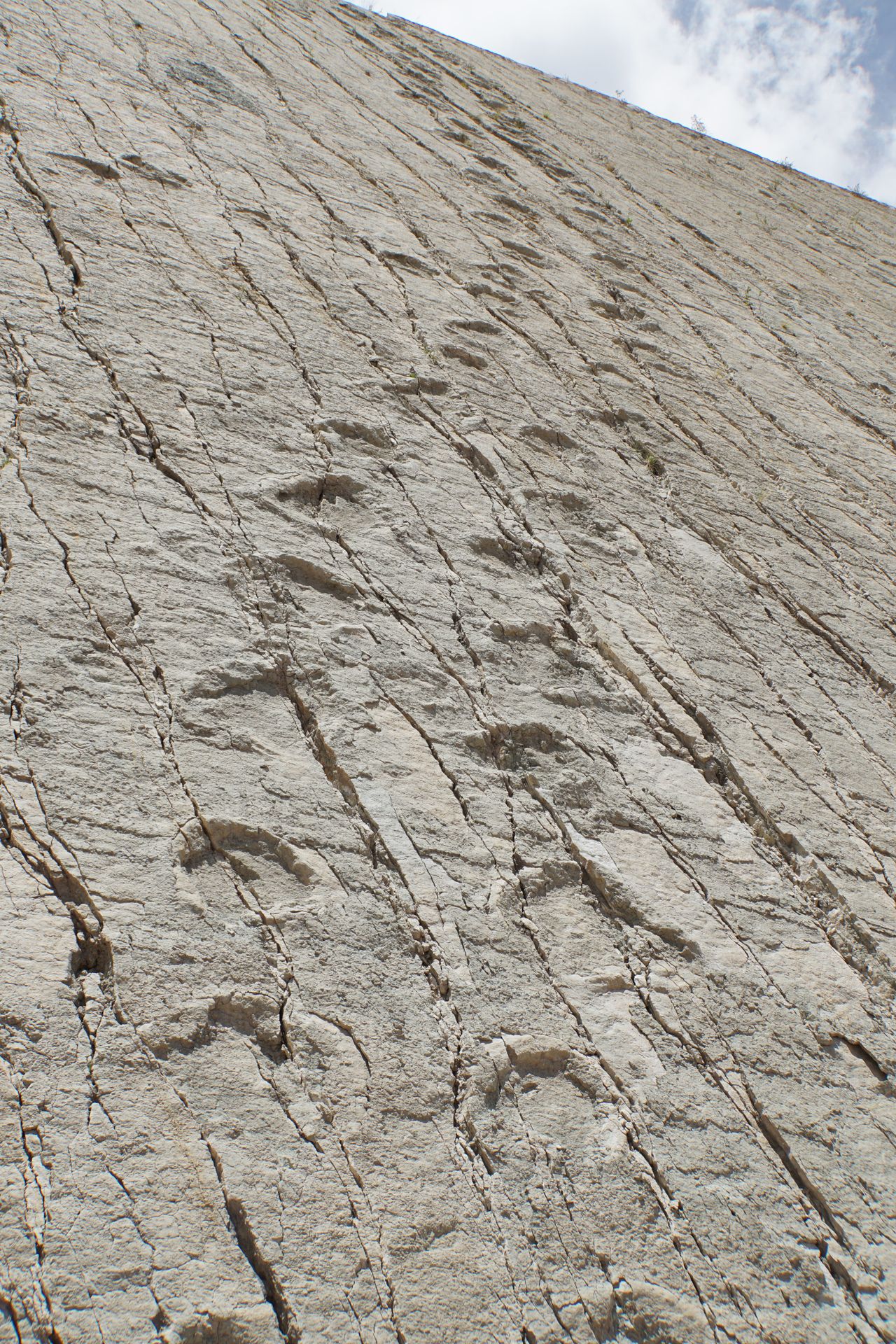
In 2010, a part of the wall collapsed and revealed another layer of footprints. Researchers believe that over 400 layers are slumbering beneath the topmost layer. So there is still a lot to be discovered, even if efforts are currently underway to weatherproof the top layer.
The next morning, we go back to school, 10 years after high school graduation. Our group consists of four people, Markus and me, as well as Heike from Germany and Ciara from England. Shirley does a great job and adapts wonderfully to each individual. In the afternoon, I switch to Rollando, and Markus has individual lessons with Shirley.
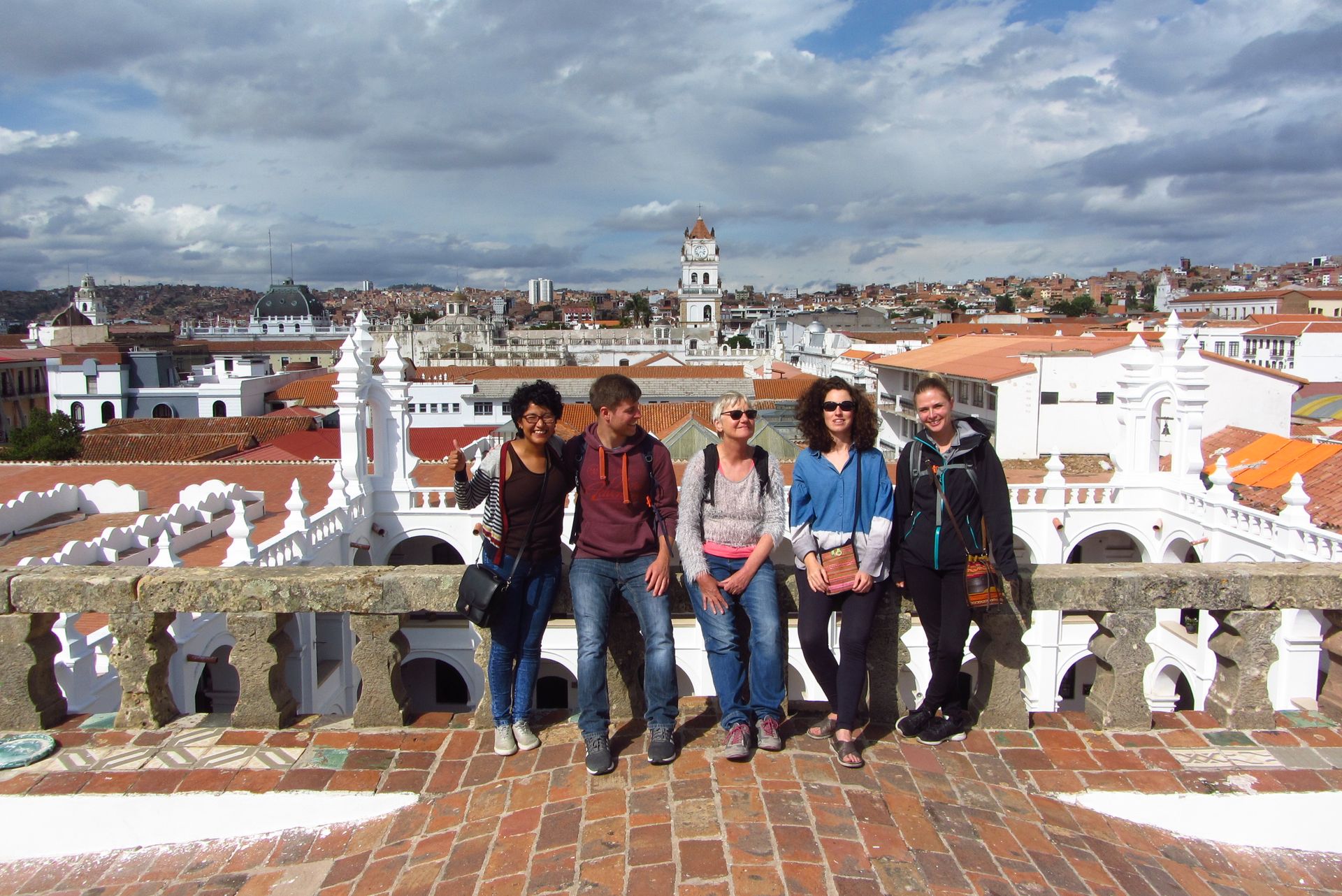
Over the rooftops of Sucre with our group and Shirley (far left)
We learn a lot. Especially in my private lessons (Laura), I learn a lot about the history of Bolivia, the social change that is currently taking place through the new independence of women in Bolivia, the mentality of Bolivians, and the geographically determined differences in the various population groups. Slowly, pride in Bolivia's indigenous past is awakening again, and the Spanish influence is being shed somewhat. The new indigenous middle class is shaping the country in architectural and political terms, after all, the current president is the first with indigenous roots.
Because indulgence must be allowed, we always have a very good lunch during our lunch break. Every other day, we go to La Taverna, where we enjoy a four-course menu at its finest for about €7 (cooking yourself is almost as expensive as eating out!). Such a student life is really nice :-)

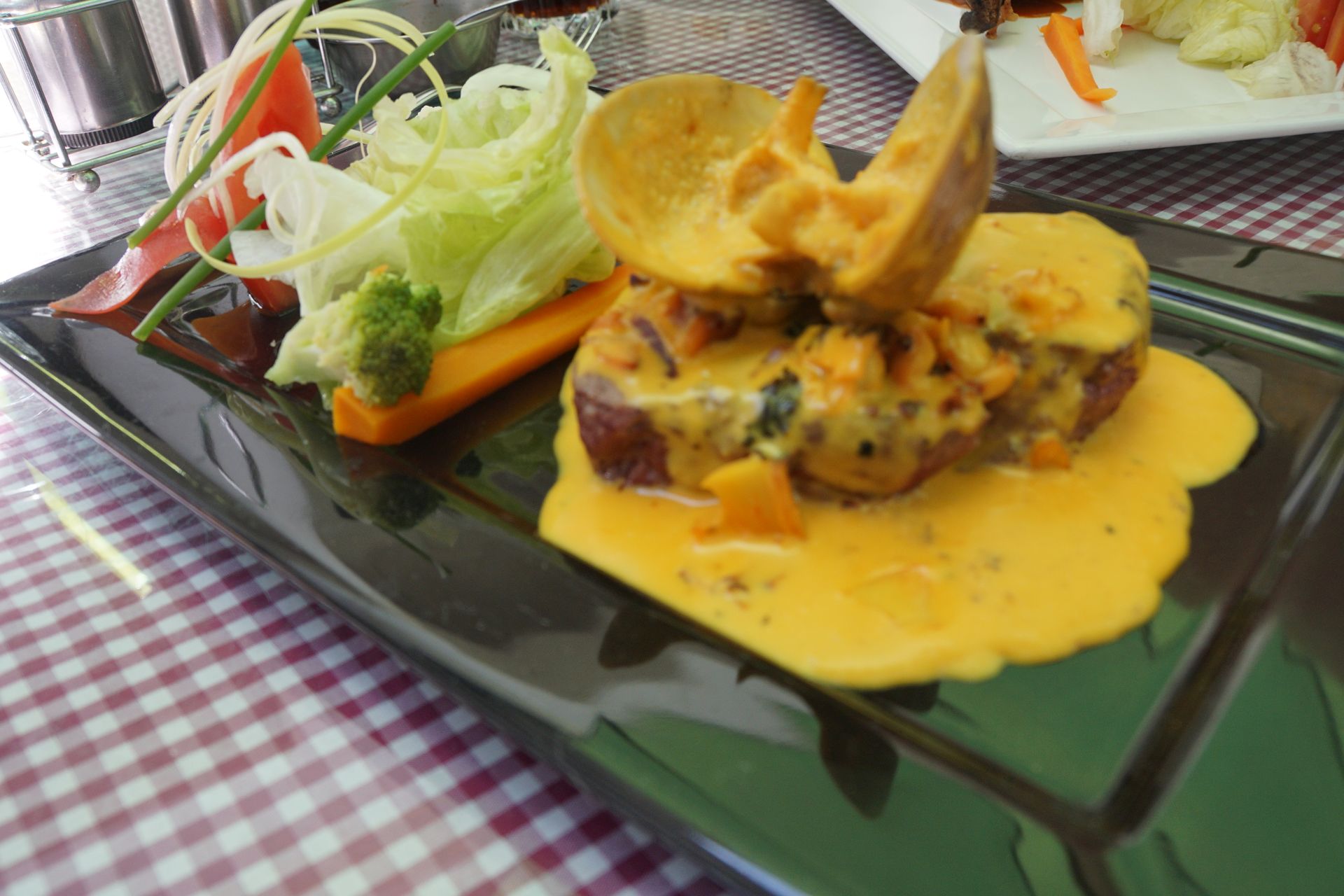
On Saturdays, we go out to eat together for the farewell and get a little private city tour from Shirley, who takes us to the roof of the Basilica San Francisco. We enjoy the view and are really a little sad to have to pack our things and make our way to Uyuni after this great week. It was a great time!
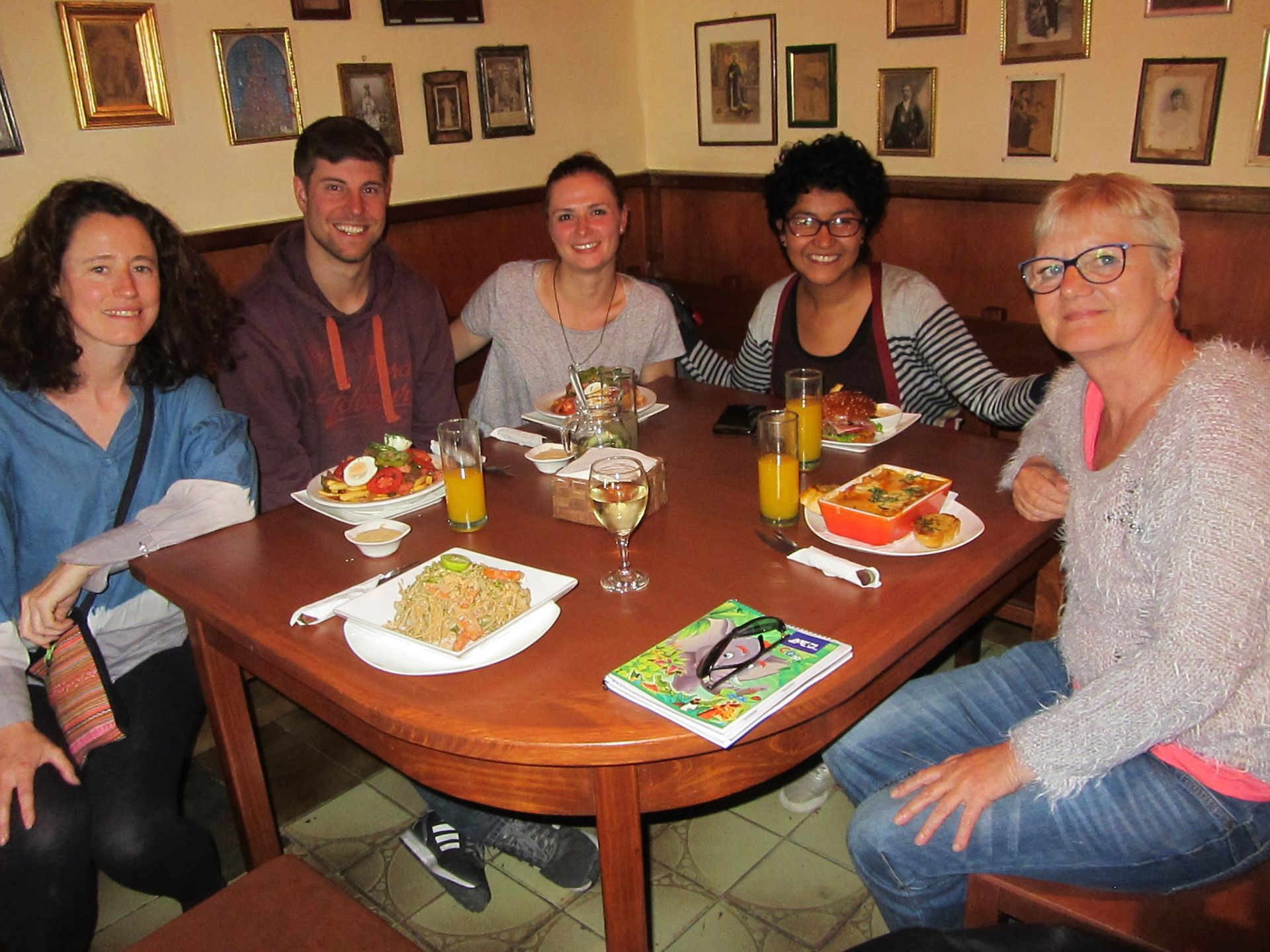
Next stop: Chile! With a three-day tour through the Uyuni Salt Flats!
Tanysgrifio i'r Cylchlythyr
Ateb (1)
Hallo, danke für den interessanten Bericht. Das Essen sieht wirklich toll aus und das für den Preis. Wahnsinn. Liebe Grüße Conny

Adroddiadau teithio Bolifia
